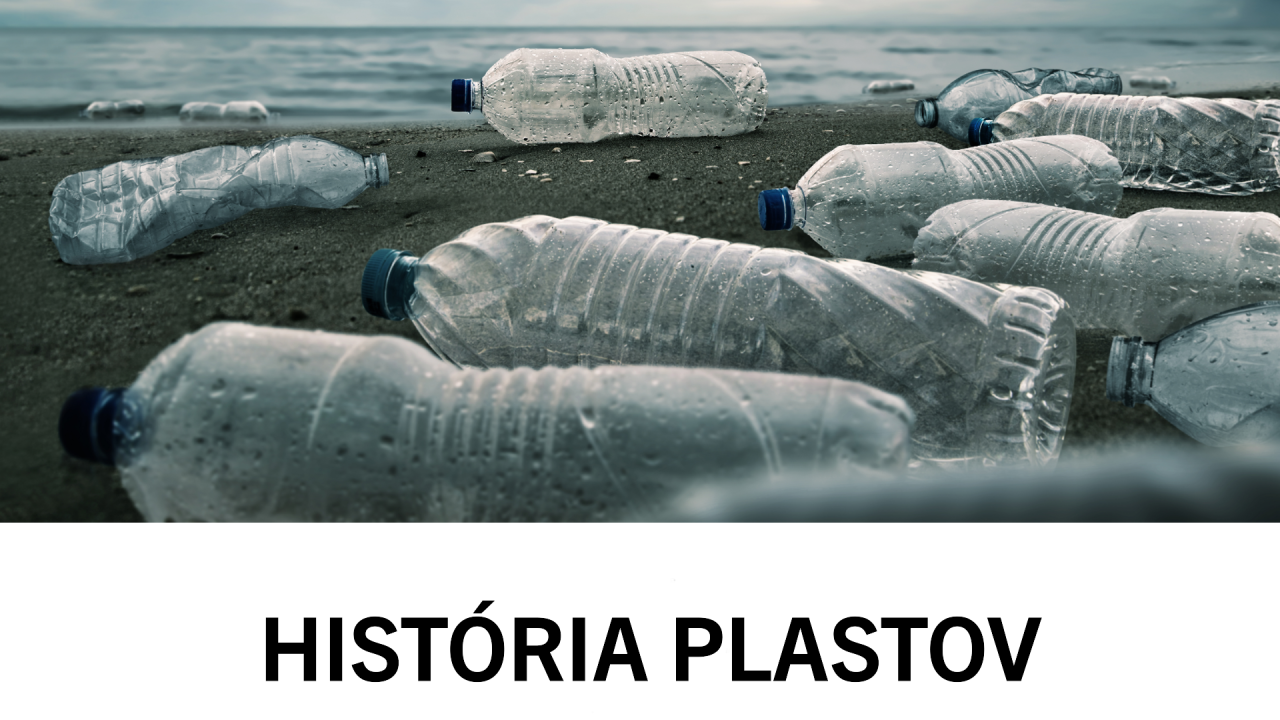From Prehistory to the Present Day
Plastics – A Material That Shaped Modern Life
Plastics are now an indispensable part of everyday life. From food packaging and electronics to the automotive and medical industries, their versatility and practicality have made them a cornerstone of modern civilization.
But how did plastics evolve — and when did they begin to play such a crucial role in industry and households alike?
Early Beginnings of Plastics
Although plastics are often seen as a modern invention, materials with similar properties were already used in prehistoric times.
Neanderthals used natural sticky resins to attach stone tools to wooden handles — an early example of “adhesive technology.”
In the Middle Ages, people worked with horn, amber, and tortoiseshell, which could be softened by heat and reshaped.
🧩 Fun fact:
Archaeological findings near Halle, Germany, reveal that Neanderthals used lumps of tree resin as a bonding agent for tools — an ancient precursor to synthetic adhesives.
The Birth of Synthetic Plastics
The true revolution began in the 19th century.
In 1856, Alexander Parkes, an English chemist, created celluloid, the first semi-synthetic plastic. It was flexible and adaptable but highly flammable, limiting its use. Celluloid later found popularity in photography and early cinema film.
In the early 20th century, Belgian-American chemist Leo Hendrik Baekeland invented Bakelite — the first fully synthetic plastic.
It was strong, non-conductive, and heat-resistant, making it perfect for electronics and automotive components.
💡 Did you know?
Bakelite was used for kitchenware, jewelry, toys, telephones, and even partially in the Trabant car body.
The Expansion of Plastics in the 20th Century
The 20th century saw a massive boom in plastic production and innovation:
- 1920s: Development of plexiglass (PMMA) — a safer, lightweight glass substitute.
- 1940s: Invention of nylon, which revolutionized textiles. In Czechoslovakia, its local variant silon became widely used — even for surgical sutures.
- 1950s: Introduction of polyethylene (PE), polypropylene (PP), and other polymers — now the core materials of most plastic products.
- 1973: Patent for the first PET bottle, now ubiquitous in global beverage packaging.
📦 Fun fact:
A single PET bottle can take around 100 years to decompose — during which it breaks down into microplastics that enter water, soil, and even food chains.
Environmental Impact of Plastics
As plastics became widespread, concerns about their environmental impact emerged.
Mounting plastic waste led to polluted oceans, microplastics, and overfilled landfills.
In the 1990s, the first PET bottle was successfully recycled, marking a major milestone in sustainable waste management.
Since then, recycling has become a core strategy in global waste policy, with stricter regulations and growing emphasis on eco-friendly materials.
♻️ Fun fact:
Recyclable plastics are labeled with symbols — for example:
- PP (Polypropylene): used in food packaging, textiles, and car parts.
- PS (Polystyrene): used for disposable containers and protective packaging.
The Future of Plastics
Today, research focuses on bioplastics — materials that are biodegradable and derived from renewable sources.
At the same time, advanced recycling methods are emerging, allowing for higher recovery rates and cleaner material reuse.
Plastics will continue to play a key industrial role, but the emphasis is shifting toward responsible production, reuse, and recycling.
🌍 In the end, the best waste is the one that never exists.
Choosing reusable alternatives and properly sorting plastic waste helps ensure materials can return to production — rather than polluting our planet.

